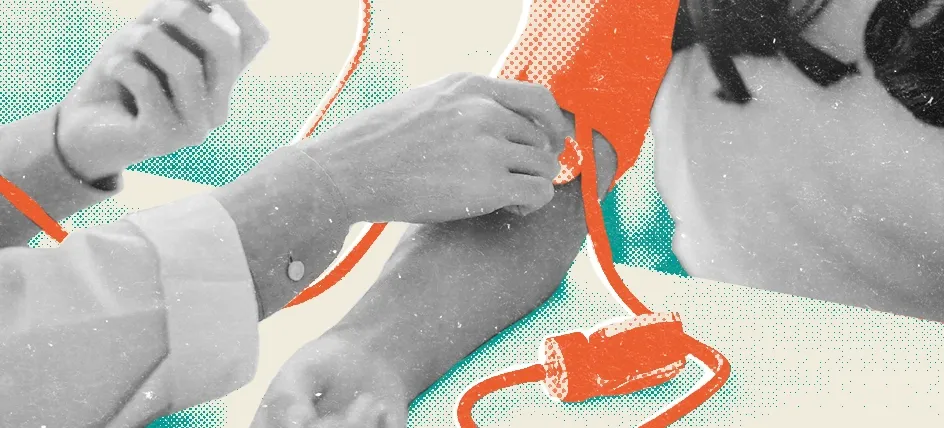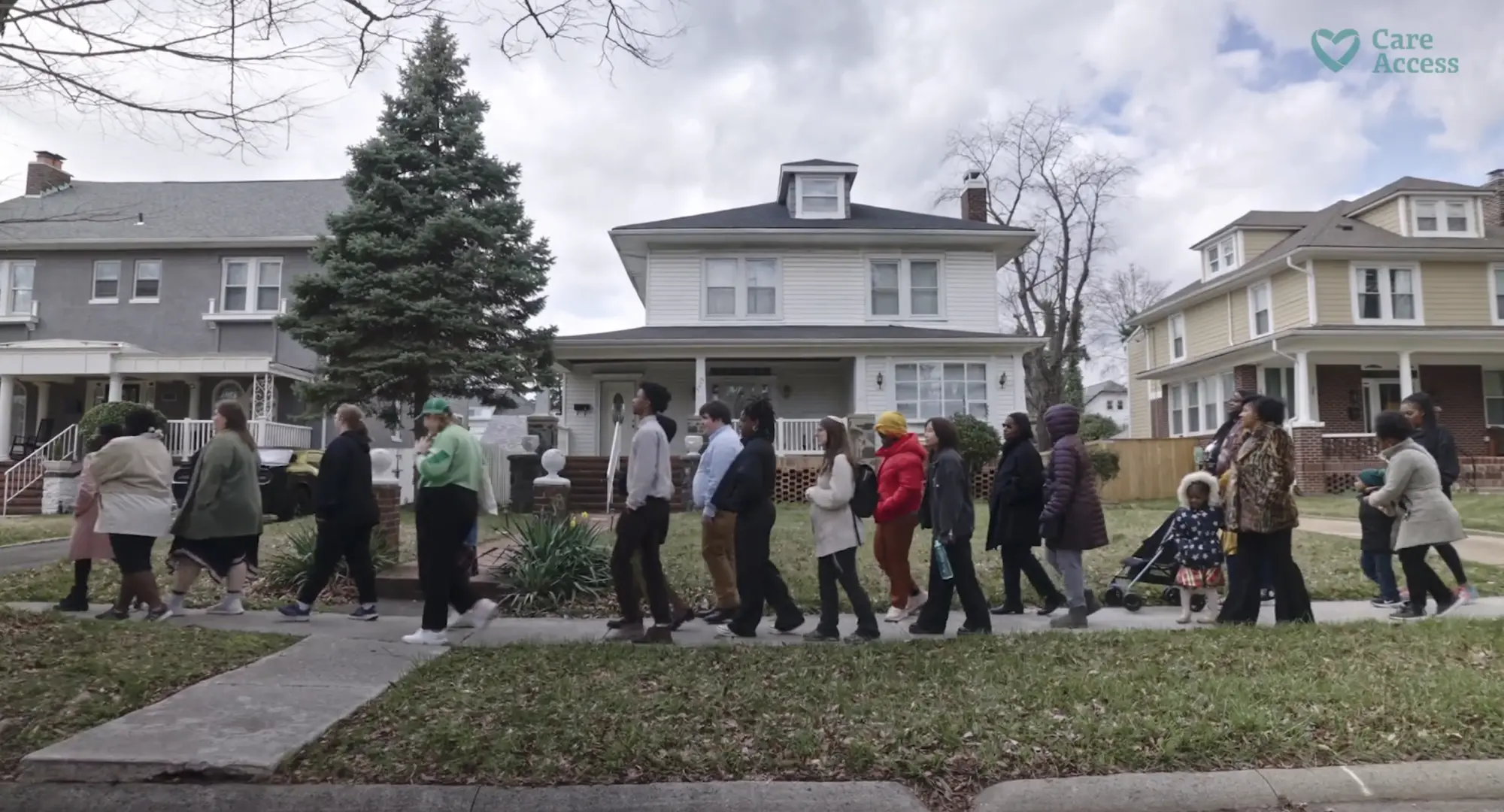Back to Health Resources
Understanding High Blood Pressure

Your heart is constantly pumping blood into your organs. The force of that blood as it pushes against the walls of your arteries traveling from your heart to the rest of your body is measured as blood pressure. Your blood pressure goes up and down depending on what you are doing. “Hypertension” is a disease which is diagnosed when a person has persistent high blood pressure.
About half of American adults have high blood pressure. If that surprises you, you may also be surprised to learn that many people don’t know they have it, because most people with hypertension have NO symptoms. Which means it is important to check your blood pressure regularly.
Measuring Blood Pressure
When it comes to blood pressure, there are two numbers you need to know:
- Systolic pressure - the top number which measures the pressure when your heart beats.
- Diastolic pressure - the bottom number which measures the pressure when your heart rests between beats.1
According to the American Heart Association, normal blood pressure is below 120 systolic, and below 80 diastolic, or less than 120/80 mm Hg. Measurements that are consistently higher than 120/80 suggest hypertension or high blood pressure.
The only way to know if you have high blood pressure is to measure it regularly. This can be done through your doctor, or at home with a blood pressure cuff.
Facts About High Blood Pressure 2
- Generally doesn’t cause symptoms or warning signs
- Puts you at risk for heart disease, stroke, and kidney disease
- Is more common in Black adults (56%) than in White adults (48%)
- Affects a greater percentage of men (50%) than women (44%)
Why High Blood Pressure is a Concern
High blood pressure can damage your arteries by making them less elastic. This decreases the amount of blood and oxygen that goes to your heart causing things like chest pain, heart attack, and heart failure. It can also impact the arteries that supply blood to your brain and can increase your risk for a stroke or dementia later in life. Having high blood pressure, especially when it is combined with diabetes, also puts you at a much higher risk of developing chronic kidney disease.2
What Can You Do About High Blood Pressure?
Learn Your Levels
Since high blood pressure often has no symptoms, it is important to measure it either through your doctor or at home using a blood pressure cuff.
Manage Blood Glucose
Most people with diabetes also have high blood pressure. Getting your blood glucose under good control will also help reduce your risk for high blood pressure.
Take Your Medicine
Follow your doctor or health care professional’s instructions for medications to treat your blood pressure and other related conditions.
Manage Other Risk Factors
Lifestyle choices like eating a healthy diet, getting regular exercise, limiting alcohol, and quitting smoking (if you smoke), are also recommended.
DISCLAIMER
The information provided on Care Access is intended for informational purposes only and should not be considered as a substitute for professional medical advice, diagnosis, or treatment. Always seek the advice of your physician or other qualified healthcare provider with any questions you may have regarding a medical condition. Our products and content are not intended to diagnose, treat, cure, or prevent any disease.
Explore More Health Resources

STORIES from the Heart

